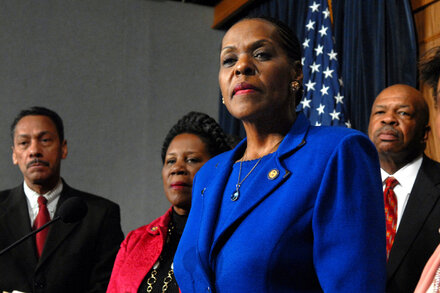Washington D.C. — The United States Congress frequently finds itself in a precarious position as it navigates the annual appropriations process, often struggling to fund the federal government before deadlines and averting potential shutdowns. This pattern of brinkmanship, characterized by last-minute negotiations and reliance on short-term funding measures, has become a defining feature of modern American governance.
Each year, Congress is tasked with passing 12 individual appropriations bills to fund federal agencies and programs for the upcoming fiscal year, which begins on October 1st. Failure to do so by this deadline can lead to a partial or full government shutdown, halting non-essential services and furloughing federal employees. Despite this clear mandate, reaching consensus on spending levels and priorities has proven increasingly difficult.
The Cycle of Continuing Resolutions
In recent decades, the full appropriations process has rarely been completed on time. Instead, lawmakers frequently resort to passing “continuing resolutions” (CRs). These temporary measures maintain government funding at existing levels for a specified period, typically weeks or months, buying more time for negotiations on the full budget. While CRs prevent immediate shutdowns, they are often criticized for hindering long-term planning by federal agencies and creating operational inefficiencies.
“This cycle of crisis-to-crisis funding is unsustainable,” remarked one congressional budget expert. “It prevents agencies from making strategic investments, harms employee morale, and projects an image of instability to the world. We need to move beyond stop-gap solutions and implement a functional, predictable budget process.”
Partisan Divides and Fiscal Deadlocks
The persistent struggle to fund the government is largely attributed to deep partisan divisions over federal spending, debt, and the role of government. Different political parties and ideological factions often hold fundamentally opposing views on which programs deserve funding, how much should be allocated, and whether to prioritize deficit reduction or public investments.
These ideological clashes intensify during budget negotiations, with each side frequently leveraging the threat of a government shutdown to extract concessions. This high-stakes approach often leads to legislative stalemates that push the government to the very edge of a funding lapse.
Consequences of Uncertainty
The constant threat of a government shutdown carries significant consequences. Federal employees face anxiety over potential furloughs and delayed paychecks. Essential services, ranging from national park operations to scientific research and military readiness, can be disrupted. Economists warn that repeated budget impasses and potential shutdowns introduce uncertainty into financial markets and can negatively impact the nation’s economic stability.
“The American people expect their government to function without constant drama,” stated a senior White House official during a past funding debate. “Our responsibility is to deliver stability, not a perpetual state of fiscal peril. It’s time for all parties to put the national interest first and reach a responsible agreement.”
As Congress continues to navigate its fiscal responsibilities, the challenge remains to find a durable path toward a more predictable and less crisis-driven funding process, ensuring the continuous operation of essential government services without the recurring specter of shutdown.
Source: Read the original article here.





